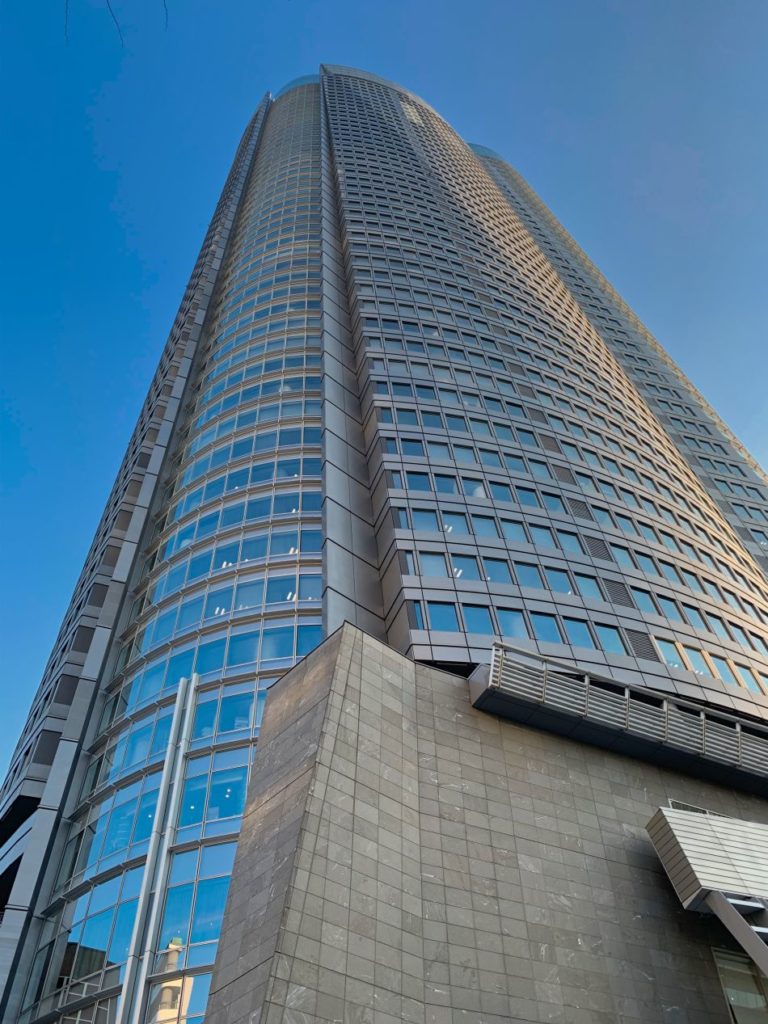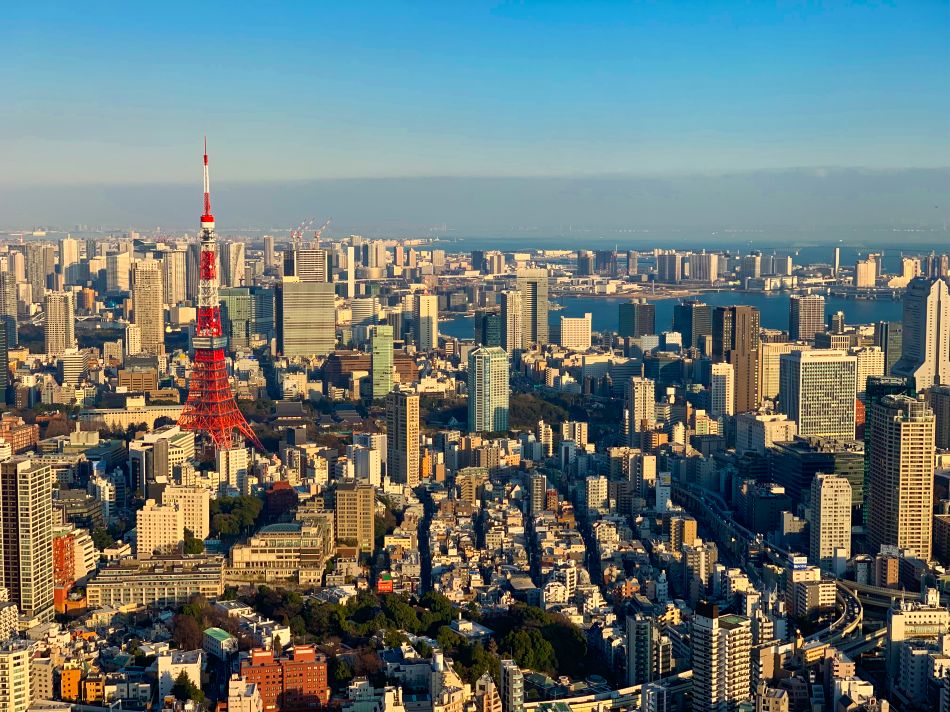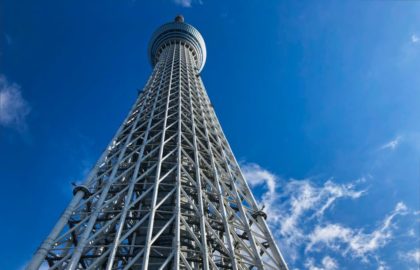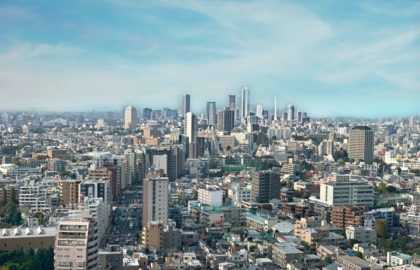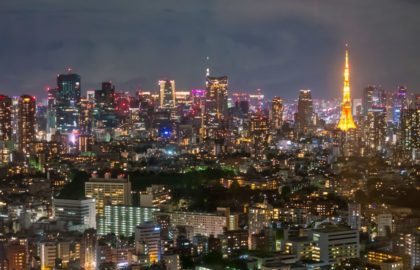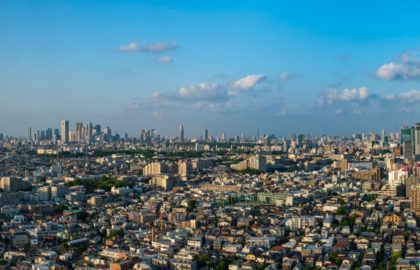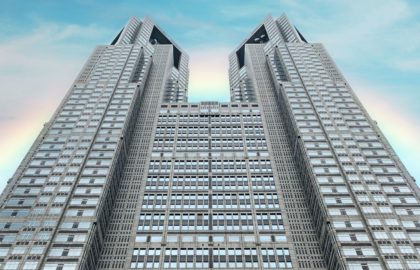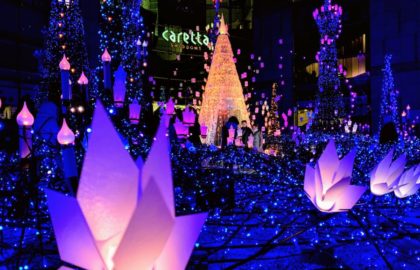六本木ヒルズ森タワーの東京シティビュー
Roppongi Hiruzu Mori Tawā no Tokyo City Sky View
- Address: 〒106-0032 Tokyo, Minato City, Roppongi, 6 Chome−10−1, Roppongi Hills Mori Tower, 52 Floor
- Website: https://tcv.roppongihills.com/en/
- Nearest Train Station: Roppongi Station, Azabujuban Station, Nogizaka Station
- Hours: 10:00 – 22:00 on M, W-Sun || 10:00-17:00 on Tues
- Floor: 52nd floor for Tokyo City Sky View || Rooftop for Sky Deck.
- Price: Varies, but as low as 1500 yen when pre-purchased
When to Go?
Summers in Japan are oppressively hot and humid which causes atmospheric distortions to the city scenery. August through mid-October is considered typhoon season and thus rains quite a lot in the Tokyo area and much of Japan.
You’re left with Late Autumn, Winter, and Spring for optimal scenery observing. Although it can get quite cold, I myself prefer December and January because the air seems clearer for better long distant views. Also, from December through February, the Roppongi Hills Mori Tower area usually features a winter illumination display at night.
The Autumn season offers fall foliage when looking northwest toward Aoyama Cemetery and from the Roppongi Hills Sky View Observation decks. If my memory serves me correctly, Sky View also holds a few Gazing Parties on the Rooftop deck.
Regardless of what season you go, be sure to check the Roppongi Hills Mori Tower website for special events and any art exhibits on display.
On the day before you decide to go, check the weather. All I can say is that the views are very disappointing when it rains, especially during the day. At night the views are better, but not as much as a clear day with the full moon out.
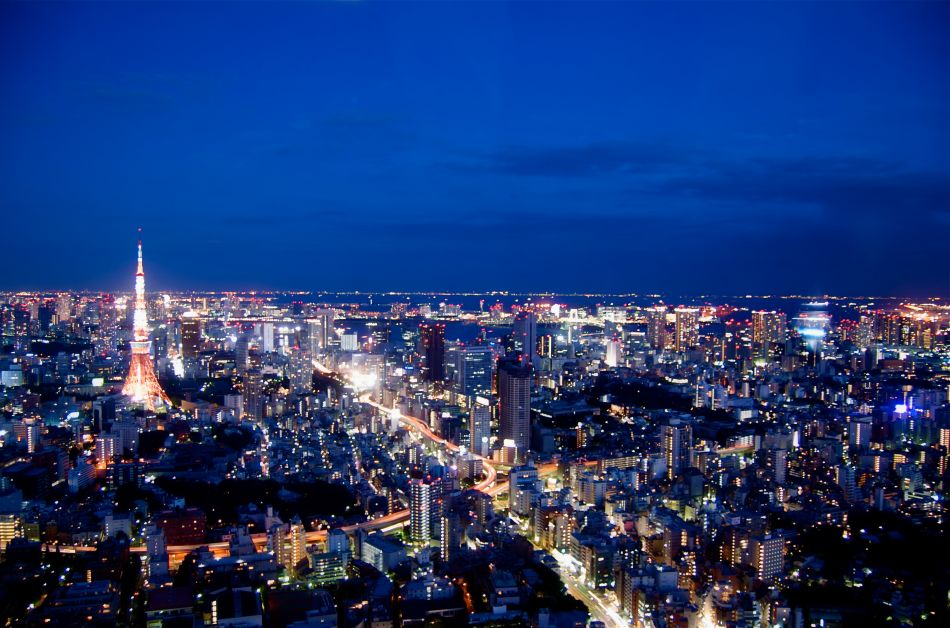
How Much?
Like many of the sky decks, you can buy tickets online the day before you go to Tokyo City Sky View. Advance tickets cost ¥1,500 JPY. If you purchase online, you’ll get a mobile ticket which you can turn in at the ticket counter. This will give you access to the Mori Art Museum in addition to the indoor observation deck. If you buy online from places like Viator or Google, your ticket will be valid for 7 days from when you buy them. I should let you know that there are no refunds when purchased, and each ticket is single entry only with no re-entry.
If the Rooftop Sky Deck is open, visiting will cost an extra ¥500 and are sold on the 52nd floor from a ticket machine just before the escalators. Honestly, for the price of a grande latte, the view from the rooftop is worth it.
For art fans, the Mori Art Museum also holds special art exhibits or events, but it will cost you extra. I’ve seen some exhibits cost as much as ¥2200, but it also includes access to the indoor observation deck.
You can, of course, buy your tickets on the day of your visit on the third floor, but it will cost ¥1,800.
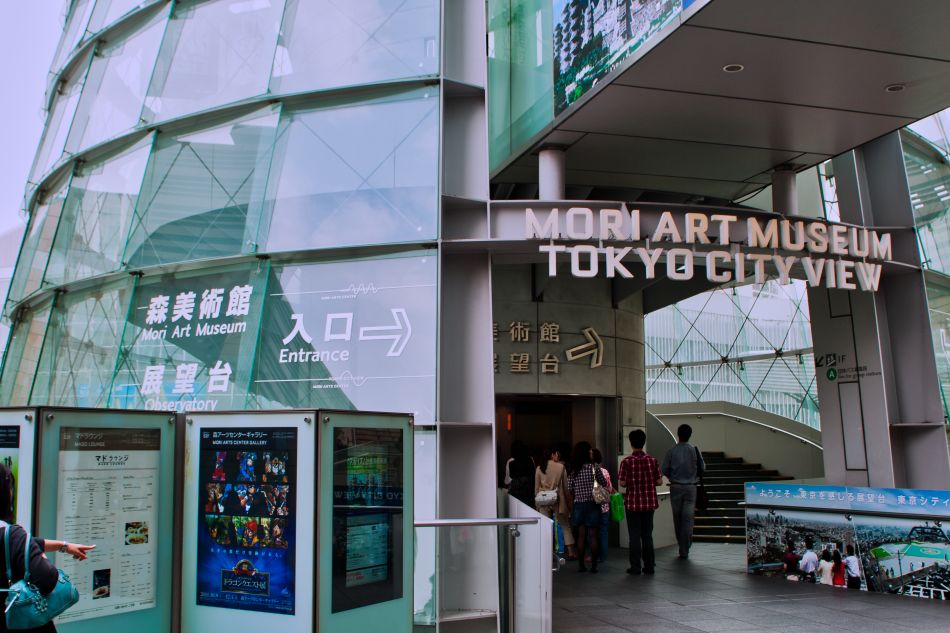
How to Visit
Roppongi Hills Mori Tower – with its art galleries, exhibits, events and rooftop observatory – is understandably very restrictive about what you can bring into their areas.
They do have coin lockers, but those also cost extra and only for small items. I highly recommend bringing as little as possible when you visit and leave your large luggage at the hotel or at a train station storage locker. Small bags, cameras, and smartphones are fine. They outright forbid tripods.
For the art gallery area, it is even more restrictive and there is a whole list of things that you cannot bring.
If you plan on visiting the rooftop Sky Deck, they’ll check you over before letting you up the elevator for access. But in general, they’ll allow you and a camera. If you have any lose clothing like scarves or hats, they’ll ask you to put that in a coin locker since winds can get strong at 270 meters above sea level. Large items like baby strollers, tripods, umbrellas and such are forbidden.
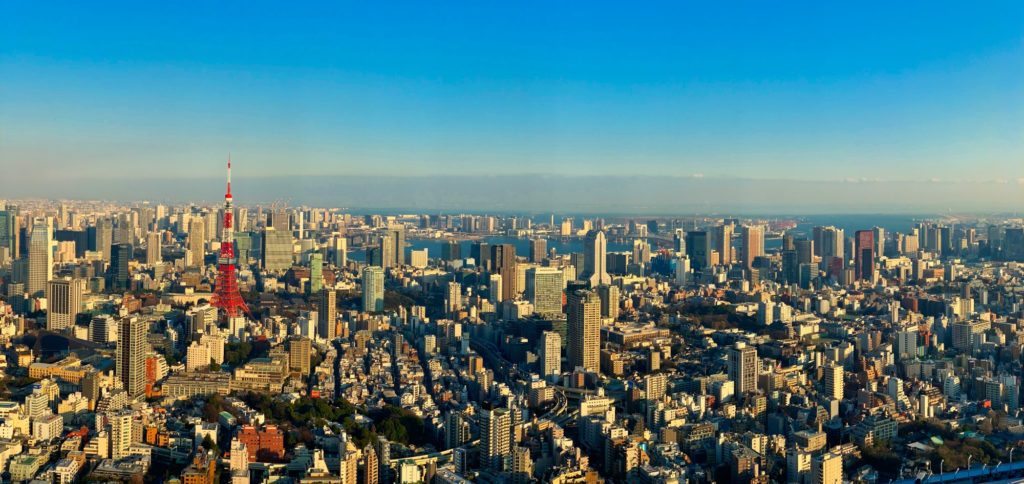
Second Floor – Museum Cone & Entrance
To enter, follow the signs to the second floor and enter through the Museum cone. Then take the steps or elevator up one floor to the Ticket Counter.
Third Floor – Ticket counter
Here you can pick up or buy your tickets at the ticket counter, then be led to the entrance elevators up to the 52nd floor.
Also, on the 3rd floor is the Roppongi Hills A/D Gallery which features a monthly rotating art by various artists. Adjacent to the gallery is the Roppongi Hills Art & Design Store strategically placed near the exit elevators.
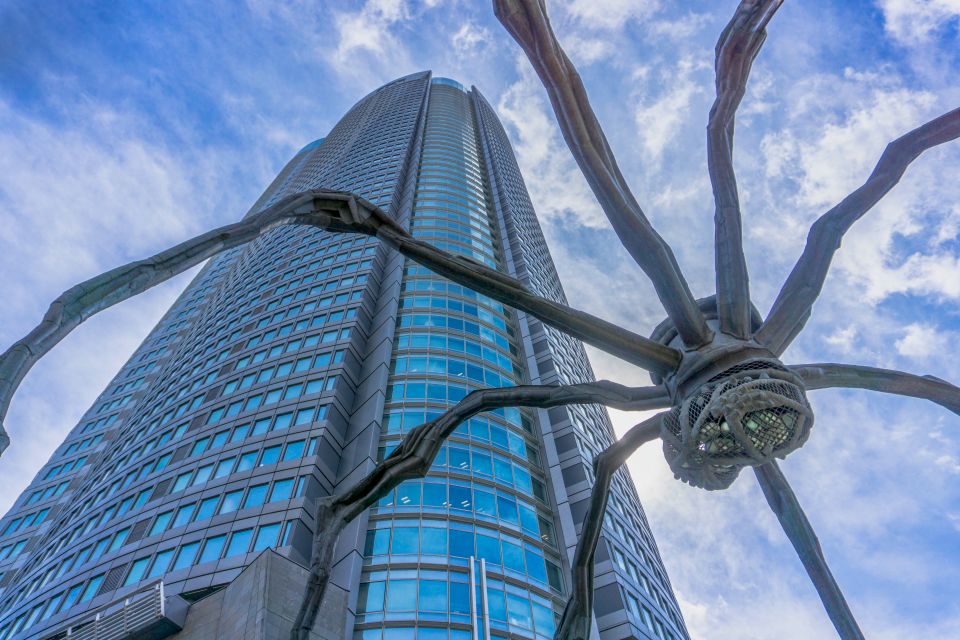
52nd Floor – Indoor Observation Deck & Mori Arts Center Gallery
I’ve found the layout of the 52nd floor to be confusing and the throng of crowds can make it hard to navigate. Both the Observation deck and Gallery have entrances right next to each other, so if you bought tickets for one and not the other, you’ll need to double-check if you’re going into the right area.
As you exit the elevators head toward the Museum Café and Restaurant and then to the right. You’ll see two entrances: the left leads to the observatory, and the right is the Arts Center Gallery.
Upon entering the indoor observatory deck you’ll instantly see Tokyo Tower toward the east and Rainbow Bridge with parts of Odaiba to the southeast. In the southwest, you’ll see a distant Mt. Fuji, parts of Yokohama, and nearby Ebisu. Directly west are the glittering towers of Shinjuku, and the swath of green of Yoyogi Park of Shibuya.
After exiting the observatory, you can take a turn on the inner circuit and view the Mori Arts Center Gallery. The gallery typically does not exhibit a permanent collection but rather temporary exhibitions of works by contemporary artists. On occasion, they’ll make an exception and showcase older artworks such as the collection of Marie-Antoinette paintings.
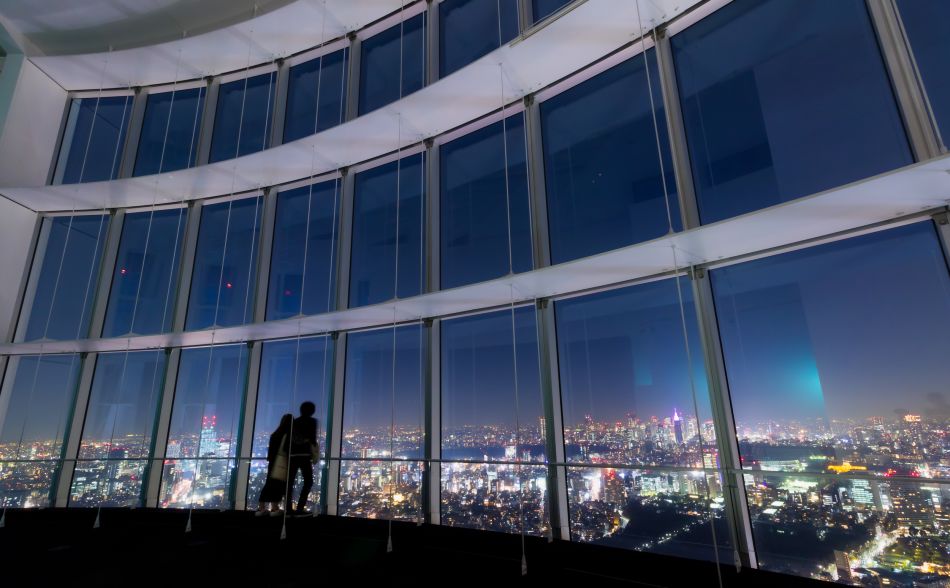
53rd Floor – Mori Art Museum
After making the double lap on the 52nd floor, head up the central escalators to the 53rd floor to the Mori Art Museum. Here is the main show as intended by the museum’s founder, Minoru Mori. The museum focuses on contemporary art and primarily exhibits works of Asian artists. Be sure to check the Mori Art Museum’s website before visiting, you might find it worth the extra yen and include it in your visit.
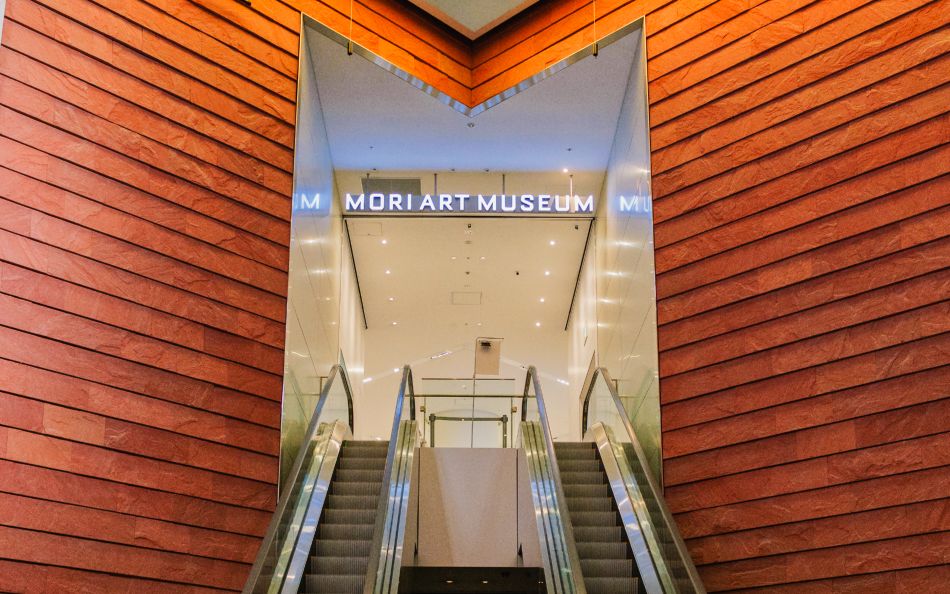
Rooftop – Sky Deck
Personally, I really love the Sky Deck of Mori Tower: True unobstructed views of Tokyo – No glass, just the air and wind, and the city. As you walk near the edge, you can look over the railing and get fantastic photographs, or just marvel at the megacity of Tokyo – the largest city in the world!
The sky deck is why I suggest going in late Autumn or winter when the weather is dryer and all you need is a warm jacket or a few layers. In the summer the direct sun and heat will quickly drive you inside unless you like getting sunburned. While in late August through early October, the heavy rains of typhoon season will most likely prevent you from visiting.
Tokyo Sky View vs Tokyo Skytree
Although I like Tokyo Skytree, Tokyo Sky View has some advantages. Firstly, Tokyo Sky View is more central to the Tokyo metro area than Sky Tree. From Roppongi Hills Station, you can easily access Tokyo Tower, Harajuku, Shinjuku, and Chiyoda City by subway or train.
Second, Sky View costs less than Sky Tree by a good 400 to 800 yen depending on which options you go with. Plus the base ticket price does also includes access to the Mori Art Museum.
Finally, Sky View does have the Sky Deck which allows open-air access to Tokyo Views, which can be a real treat for those who love cityscapes from up high.
